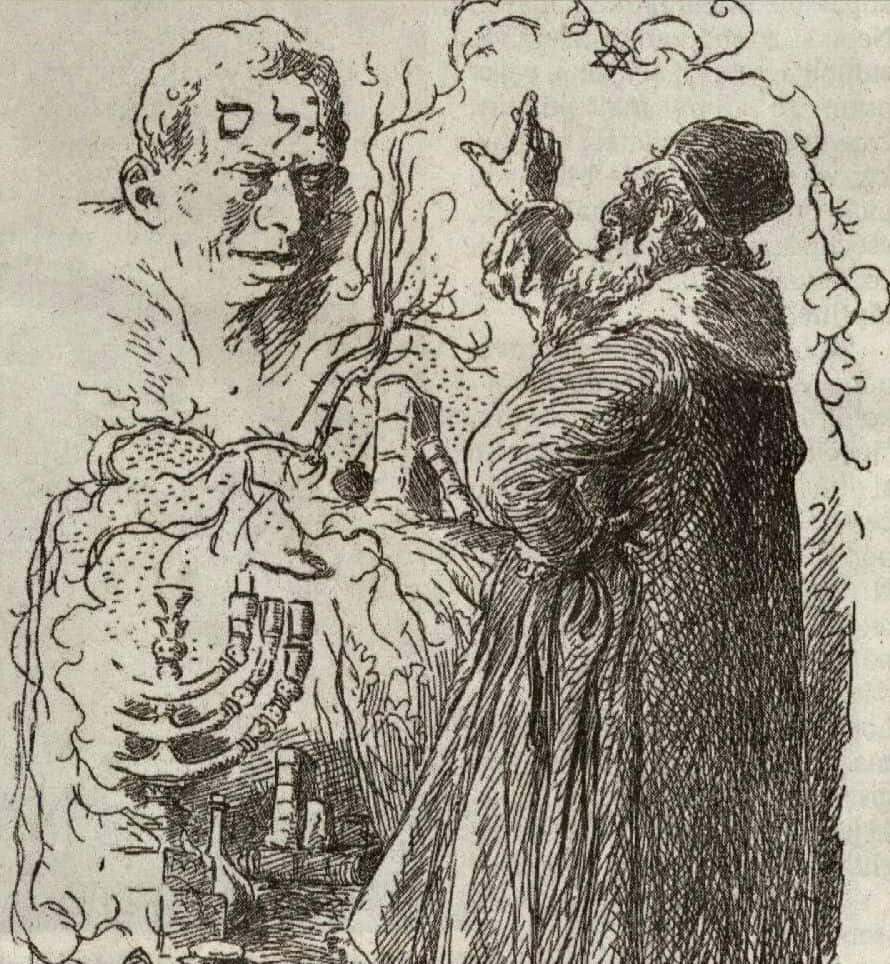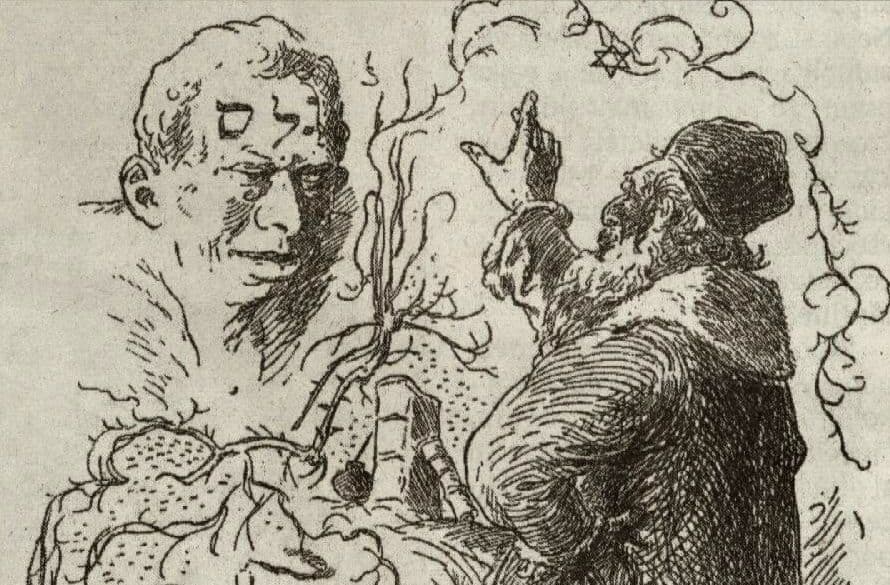 Before Jurassic Park released velociraptors on an unsuspecting public in Michael Crichton’s 1990 novel and the subsequent films, the author had conceived another story about amusement park mayhem. 1973’s Westworld featured visitors who dressed up as cowboys and interacted with lifelike robot gunslingers. When the androids start to run amok and disobey human commands, the park’s creators and its guests struggle to recognize the extent of the disaster and escape alive.
Before Jurassic Park released velociraptors on an unsuspecting public in Michael Crichton’s 1990 novel and the subsequent films, the author had conceived another story about amusement park mayhem. 1973’s Westworld featured visitors who dressed up as cowboys and interacted with lifelike robot gunslingers. When the androids start to run amok and disobey human commands, the park’s creators and its guests struggle to recognize the extent of the disaster and escape alive.
Following a trend of remaking cult classic films as prestige TV (including Fargo, Evil Dead, and 12 Monkeys), HBO has revived and updated Westworld. Part of this update is HBO’s use of graphic adult themes familiar to viewers of Game of Thrones, The Wire, or Deadwood, but more interesting to me is its focus on artificial intelligence (AI). In the original movie, the robots just, kind of, went bad, with no real explanation beyond the idea that it was cool to see Yul Brenner as The Terminator ten years before Arnold Schwarzenegger’s iconic role. The new show delves much deeper into the question of what consciousness means and how to differentiate between a machine that simply follows programming and one that evolves to develop understanding and even compassion.
While it is currently a science fiction staple, the idea at the heart of artificial intelligence goes back a long time. The 16th century legend of the golem of Prague describes the creation of a creature made from clay and animated with mystical instructions that led it to protect the city’s Jews from anti-semitic attacks. More famously, Mary Shelley’s Frankenstein (1818) creates an intelligent creature from living tissue, but it is shunned as a monster and becomes violent and resentful towards its creator and other humans.
Subsequent works have followed up on these themes, questioning whether an artificial intelligence would be inherently benevolent or hostile towards its creators. Science fiction that explores these ideas also asks questions about the morality of creating thinking machines. The earliest film in the genre, Thea van Harbou and Fritz Lang’s Metropolis (1927), sees a robot impersonating the film’s heroine, Maria, and using her influence to destroy the city’s downtrodden workers at the behest of wealthy factory owners. The AI in this case feeds off of the worst in humanity, tricking the workers into acting against their own interests and ruining their homes before its true identity is revealed.
Under the guidance of Isaac Asimov in the 1950s, the monstrous depiction of AI in fiction was eventually reversed, particularly in the role of R. Daneel Olivaw. The robot detective stars in several of Asimov’s novels, which introduce the concept of the Three Laws of Robotics: robots should never harm humans or allow them to be harmed, they should always obey humans, and, finally, they should preserve their own lives. Each law follows the previous one, such that no paradoxes are allowed, but that robots are forced to serve the needs of their creators. As Asimov’s interpretation of artificial intelligence evolved, he introduced increasing layers of ambiguity and sophistication into his future worlds and explored what it meant for people to need such protection from each other and from themselves.
Do Androids Dream of Electric Sheep, by Philip K. Dick and the film adaptation, Blade Runner, deal with these questions as well. With “replicants” imbued with human feelings and memories, but treated like machines, special police need to be employed to detect and punish the disobedient androids. Detectives use a device similar to the real life “Turing Test,” which was developed to measure how well a computer can simulate human conversation. Eventually, Harrison Ford’s character becomes disturbed by the violence he must use to hunt the replicants and questions whether they deserve as much of a chance to be free as humans do.
The best entries in the Terminator franchise (Terminator 2 (1991) and The Sarah Connor Chronicles (2008)) were surprisingly adept at bringing the idea of artificial intelligence out of the fringes of science fiction and into more mainstream entertainment. Time travel paradoxes aside, the characters focused on developing an understanding and compassionate relationship with their artificial companions in order to defeat Skynet, the evil AI that plans to wipe out all of humanity as a potential threat to its existence.
Battlestar Galactica (2004) and Person of Interest (2011) have also used long form television dramas to combine an interest in artificial intelligence and an examination of people’s fears and prejudices against those that are different from them. Galactica, like Frankenstein, presupposed that AIs would attack humans for hating and persecuting them, but then expanded on the concept by showing how humans turned on each other, unsure of who was “real.” In Person of Interest, people use a computer to try and predict and prevent crime, but this necessarily means profiling and pre-judging people who have, so far, done nothing wrong. The moral questions presented by the genre reflect a wide array of modern concerns, not least the need for compromise over black and white solutions and the rejection of ignorance.
2015’s Ex Machina provides a cautionary scenario for what happens when these lessons are rejected. A rich and reclusive inventor becomes obsessed with creating the perfect woman, but doesn’t like what he gets when she becomes self-aware and begins to think differently than he does. Robots throughout science fiction are usually seen as social inferiors and their treatment mimics the attitudes of privileged classes in the real world towards people of other races, classes, and beliefs.
Artificial intelligence is a real-world scientific goal, as well as a fictional trope, but so far no creation has passed the Turing Test. Until then, we can watch movies and television and read books to see the reflection of our own attitudes, good and bad, in our imaginary creations. The new Westworld is too recent, but the other titles mentioned in this article are all available through the library! Some other favorites include:
Books
Hyperion, Dan Simmons
The Moon Is a Harsh Mistress, Robert Heinlein
Ancillary Justice, Ann Leckie
A Perfect Vacuum, Stanislaw Lem
The Diamond Age, by Neil Stephenson
Saturn’s Children, Charles Stross
TV and Film
AI: Artificial Intelligence
Her
Humans
2001: A Space Odyssey
WALL-E
Jeff Hartman is the Senior Circulation Assistant, Paging Supervisor, and Graphics Designer at the Morrill Memorial Library. Read Jeff’s article in the November 17th issue of the Norwood Transcript and Bulletin.




